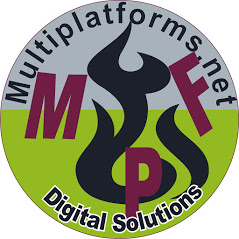
There are significant business opportunities in the mobile broadband space in building an ecosystem of affordable mobile devices to support user migration to 4G and 5G cellular network technology.
This was the message emerging from the 5th Huawei Africa Mobile Broadband Salon taking place at the online Africacom Africa Tech Festival from 9-12 November.
Delegates heard that the ICT industry had never been more important to society, and that it was now at the forefront of social development and restoring economies affected by the COVID-19 pandemic.
“Connectivity is the foundation for digital transformation,” said Salon facilitator Mohamed Madkour, Vice President, Carrier Business Marketing and Solutions for Huawei. “It’s about time that we address mobile connectivity not just in terms of speed or capacity or coverage, but also in terms of ecosystem accessibility, affordability, convenience and value.”
The event heard that according to GSM, the number of 4G users in Africa was expected to triple in the next five years, with population coverage increasing from 55% today to 80% in 2025.
“Universal connectivity in Africa needs proactive collaboration from all stakeholders to develop profitable businesses and also encourage investment,” said Madkour.
Roy Zheng, Overseas Business Development Director for one of the semiconductor maker, said that since the pandemic, the demand for education tablets had exploded. To meet this demand, his company was producing chipsets that enable the production of tablets priced from $48 (R750).
“The adoption of more effective technology with lower cost can drive 4G adoption,” said Zheng. “We are able to provide chipsets for mobile phones priced from $31 (R485), which could be the ideal entry-level smartphones for 4G migration.”
Also speaking at the Salon, Lin Ranhao, CEO of smartphone and tablet maker Tele 1, said that during the coming years, the fastest growth of the 4G user base was likely to come from Africa.
Ranhao said Africa had many 2G users waiting to switch to 4G, but that despite ready infrastructure, 4G penetration was still relatively slow. Suggesting ways to resolve this, Ranhao drew an analogy with China, which was encouraging the production and purchase of electric vehicles through subsidies.
“If the conversion from 2G to 4G is such an urgent task for carriers, we should take a more proactive strategy, and drive this process through subsidies. After all, to bundle carrier plans with subsidised devices is common practice all over the world.”
Ranhao said subsidy programmes combined with competitively priced entry-level devices would lower the threshold for first-time smartphone buyers, accelerate 4G migration and open up vast opportunities for business, and for human development.
“The demand and supply sides are important pillars of the mobile broadband business,” said Madkour. “Infrastructure and spectrum represent the supply side, while services and ecosystem are the demand side. We can boost consumer business by showing the value for partnerships in affordable device ecosystems and content services.”
![]()


